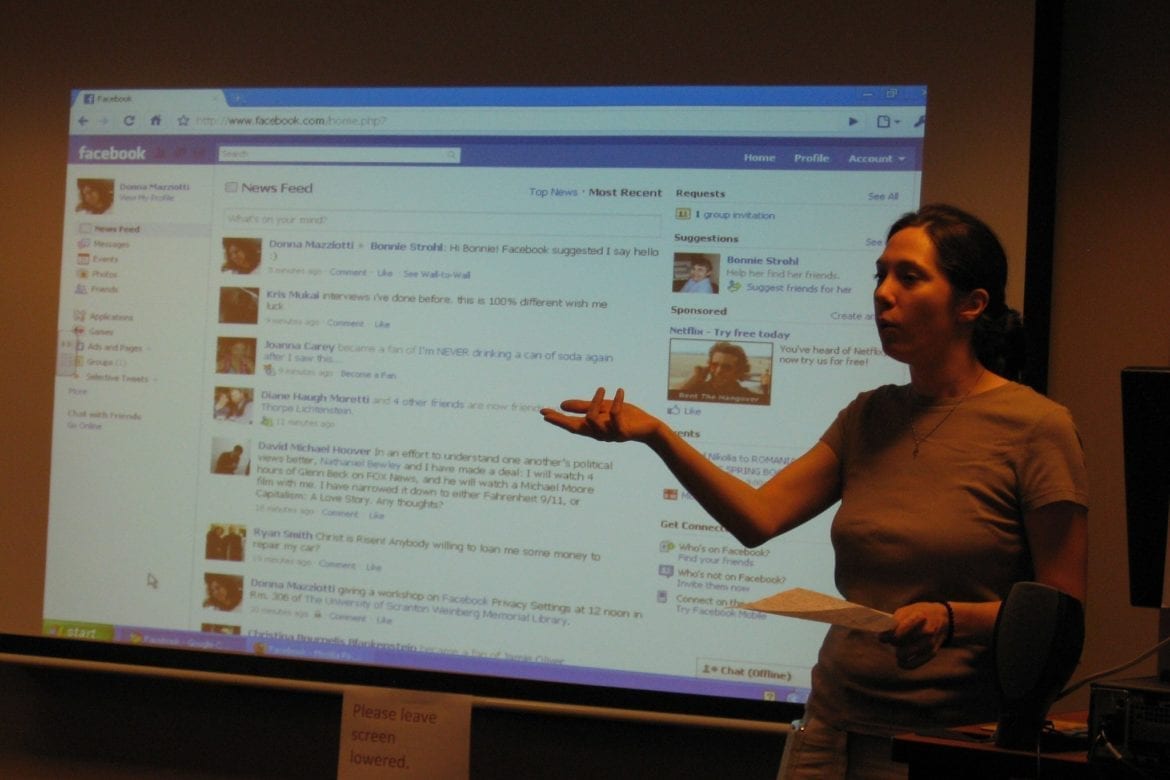|
Getting your Trinity Audio player ready...
|
The Facebook’s News Feed, introduced in 2006, was once a strong source of traffic for many publishers. News organization utilized the intermediary platform to grow their audiences. The social sharing of news also altered the direct-to-consumer paradigm.
Earlier this year, Facebook announced that their News Feed would prioritize posts from friends and family over news content. While some news publishers faced modest declines, others reported significant ones. Chartbeat, a content analytics platform, provided data showing Facebook traffic to publishers declined 6% since the beginning of January. However, LittleThings, a publication focused on feel good stories and other content for women, claimed they lost 75% of their referral traffic due to changes in Facebook’s New Feed and subsequently shut down.
In its latest research, The Shorenstein Center on Media Studies explores the impact on non-profit news brands. Non-profit news organizations rely heavily on social interaction to help encourage donations. A traffic decline could negatively impact donation revenue. Shorenstein’s new report, Facebook Friends? The Impact of Facebook’s News Feed Algorithm, offers a custom analysis of eight non-profit news publishers.
The research divides the publishers into two categories: investigative and single-subject. The investigative group focuses on producing investigative journalism on a wide range of topics. The single-subject group produces investigative journalism in the context of a single subject. The three investigative organizations include The Center for Public Integrity, ProPublica, and Reveal from The Center for Investigative Reporting. The five single-subject organizations include Chalkbeat, The Hechinger Report, The Marshall Project, The Trace, and The War Horse. The analysis focuses on two key metrics – total users and total sessions – looking at the three months prior to and after the News Feed change.
In the three months after the News Feed changes, in terms of overall traffic, the investigative organizations saw small changes in both the number of users and the number of sessions. In contrast, the entire single-subject cohort registered growth for these two metrics.
The analysis also looks at the composition of traffic, where the traffic is coming from, by using the Google Analytics channels Direct, Email, Organic Search, Other, Referral, and/or Social. Referral traffic was most consistent; increasing both in users visits and sessions. Only two of the eight non-profit publishers show social referral increases. Not surprisingly, Facebook referrals closely follow in line to social.
Given some of the non-profit news publishers registered small to moderate traffic increases, the Shorenstein research hints to Facebook’s potential growth path for non-profit news publishers, even with the algorithm changes. The difference between larger commercial news publishers and non-profit may be due to how non-profit new organizations’ stories are shared on Facebook. More research on this is needed to understand the consumer experience sharing content from commercial news publishers compared to non-profit news publishers.
By Rande Price, Research Director—DCN@Randeloo
Republished with kind permission of Digital Content Next, advancing the future of trusted content




